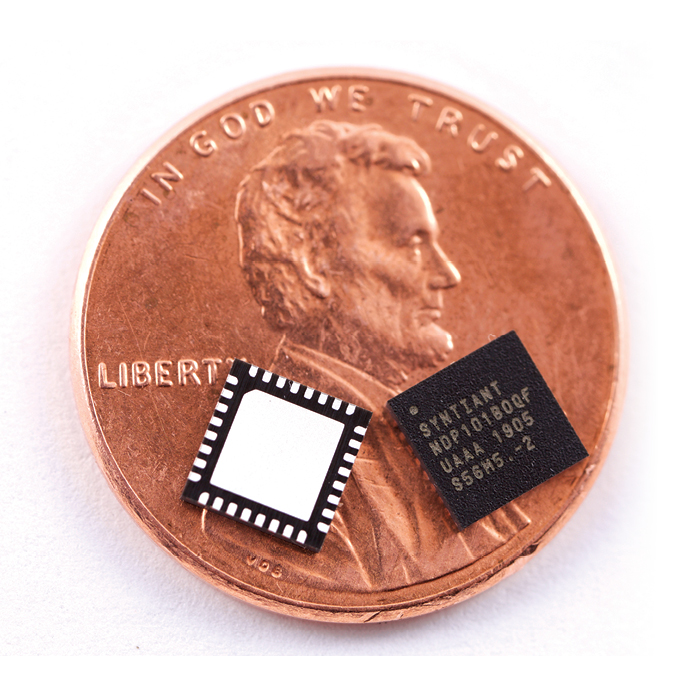Clinic
Value Added
As with all coursework in spring 2020, students completed Clinic projects through virtual, online collaboration with liaisons, who made the transition with their teams. The online experience was a unique challenge for the 56 Clinic teams, which rely heavily on teamwork. Zach Dodds, Computer Science Clinic director, remarked, “We will remember the challenges that 2020 added. But its physical distancing only served to highlight the shared commitment and the closeness of common purpose created by each of the year’s Clinic teams.”
Projects Day, the College’s annual celebration of student achievement, was cancelled due to the coronavirus pandemic, but the community paid tribute to the Clinic sponsors who return year after year to work with students. Ten-year Milestone Awards went to Meggitt and Niagara Bottling, and five-year awards went to Google, MIT Lincoln Laboratory, Steelcase and Webroot. For more, visit the Clinic Projects Directory.
1. COMPUTER SCIENCE/BIOLOGY CLINIC
 Antibodies and Machine Learning
Antibodies and Machine Learning
Dassault Systemes BIOVIA liaisons: Ian Kerman and Reza Sadeghi
Advisors: Jessica Wu and Naim Matasci
Students: Emily Zhao ’20, Tom Dougherty ’20, Xingyao Chen ’20, Rachel Schibler ’20, Chan Hong ’23
Antibodies have become prominent therapeutic agents but are costly to develop. Existing approaches to predict developability depend on structure, which requires extensive laboratory or computational work to obtain. To address this issue, the team developed a machine learning model to predict developability from sequence alone by extracting physicochemical and learned embedding features. Their model achieves high sensitivity and specificity on a dataset of 2,400 antibodies, suggesting that sequence is predictive of developability, enabling more efficient development of antibodies.
2. ENGINEERING CLINIC
 IoT Device Fingerprinting
IoT Device Fingerprinting
Juniper Networks liaison: Mounir Hahad
Advisor: Qimin Yang
Students: Jonah Cartwright ’20, Jonathan Schallert ’20, Leonardo Vilchez ’21, Caleb Norfleet ’21, Radja Saminada, Maia Gibson ’21
The proliferation of IoT devices worldwide comes with increased network vulnerabilities, with unsecured devices potentially capable of exposing personal and corporate information. It is essential for Juniper Networks to identify all the IoT devices on a customer’s network. To help Juniper Networks accomplish this goal, students developed an algorithm combining the intrusion detection system, Zeek, and machine learning to fingerprint devices based on behavioral patterns of network traffic.
3. COMPUTER SCIENCE CLINIC
 Automated Kafka Consumer Scaling
Automated Kafka Consumer Scaling
CrowdStrike liaisons: Eric Schow and Luke Hunter ’03
Advisor: Lucas Bang
Students: Ali Parker, Owen Gillespie ’20, Quinn Hirsohn, Julius Lauw ’20, Zack Rossman
Cyber security company CrowdStrike is a leading provider of cloud-native endpoint protection. Students sought to develop an application to automate consumer group scaling decisions in real-time for its Kafka clients. Their system ingested live application metrics and used an algorithm to make scaling decisions, which were sent to an infrastructure endpoint. Their aim was to strike a balance between the cost of deploying consumers and the potential for delayed processing in order to minimize manual intervention during the scaling process.
4. MATHEMATICS CLINIC
 Credit-Market Data Filtering
Credit-Market Data Filtering
Tradeweb Markets Inc. liaisons: Stefan Kutko and Justin Peterson ’85
Advisors: Talithia Williams and Jessalyn Bolkema
Students: Anna Serbent ’20, Mingyu Zheng, Tse Yang (T.Y.) Lim ’20, Cat Ngo ’20, Jeremy Jess
Tradeweb is exploring alternative architectures for its credit market filter, with the goal of making it more horizontally scalable. The team built out a MongoDB-centered filter and test bench for monitoring the filter’s performance. The entire pipeline (test bench and filter) was deployed on Amazon Web Services to match the scale of standard trading activity and to see if the database-centered approach achieved the desired performance metrics.
5. ENGINEERING CLINIC
 Training Neural Networks
Training Neural Networks
Syntiant liaisons: Dave Garrett and Atul Gupta
Advisor: David Harris
Students: Henry Limm ’20, Will McDonald ’20, Vicki Moran ’20, Taylor Sloop ’20, Maxime Vienne, Yaqub Mahsud ’21
Syntiant’s Neural Decision Processor, the NDP101, can run a small neural network with a coin cell battery at a low energy cost. The NDP101 is used in devices to listen for words that activate a voice assistant. The team explored the use of the NDP101 in a new setting: Instead of using a microphone, the team used a sensor that measures movements. This sensor is part of a prototype that uses the NDP101’s neural network to recognize distinct hand gestures that a smartwatch might experience in daily use.